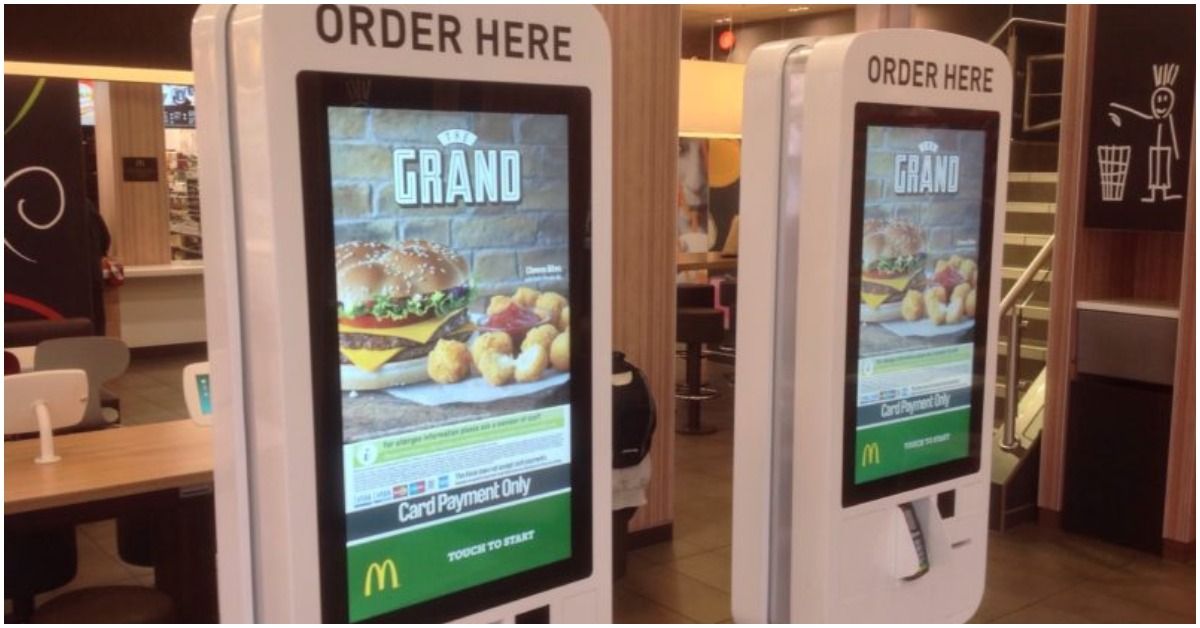One of the reasons why fast food chains like McDonald's are so popular is that you always know what you're getting.
For most people, their standard McDonald's order hasn't changed much since they were a child.
But the restaurant itself has gone through some controversial changes, including the introduction of new touchscreen ordering kiosks in recent years.
Since these high-tech ordering devices started popping up in 2014, they've had a mixed reception from McDonald's customers.
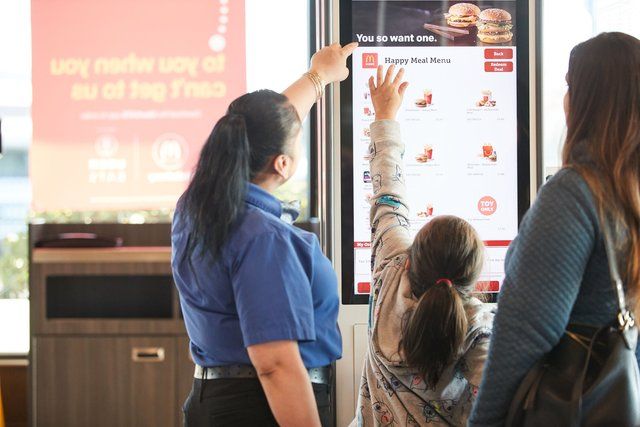
While building your own burger using the custom order menu is fun, many complain that the kiosks are slow, hard to use, or just plain confusing.
Now, a survey by the British news website Metro has given us one more reason to stick to ordering at the counter.
The website swabbed touchscreens at eight McDonald's locations in London and Birmingham as part of an independent investigation, and turned up some stomach-turning results.
Each of the swabbed samples tested positive for fecal bacteria, along with a host of other nasty bugs and viruses.
Enterococcus faecalis, which was found on five of the machines tested by Metro, is a naturally antibiotic-resistant bacteria found in the digestive tracts of humans and other animals.
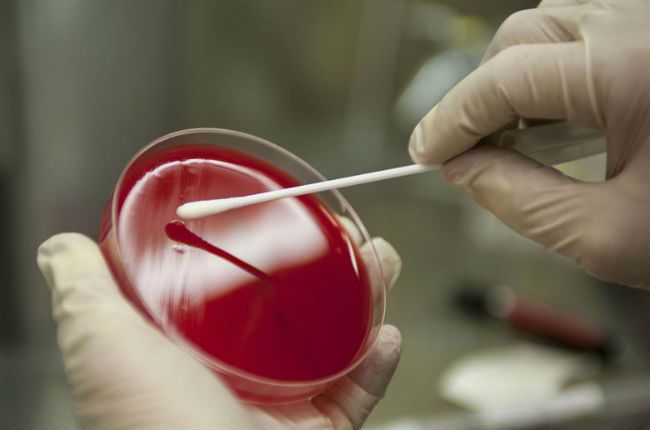
"It is notorious in hospitals for causing hospital=acquired infections," said Dr. Paul Matawele, a microbiology lecturer at London Metropolitan University.
As Metro pointed out, unsuspecting diners may pick up germs from the touchscreen and pass them onto their meal without realizing it. It's especially worrying because some bacteria can linger on the screen for days.
Two screens tested positive for staphylococcus, which can cause blood poisoning and toxic shock syndrome. Two also tested positive for listeria, a bacteria which can cause a serious infection called listeriosis that has a fatality rate of around 20%.
Matawele compared many of the bugs found on the touchscreens to drug resistant germs we usually associate with hospital waiting rooms, not restaurants. He also shared a warning to customers about using touchscreen technology without a second thought.
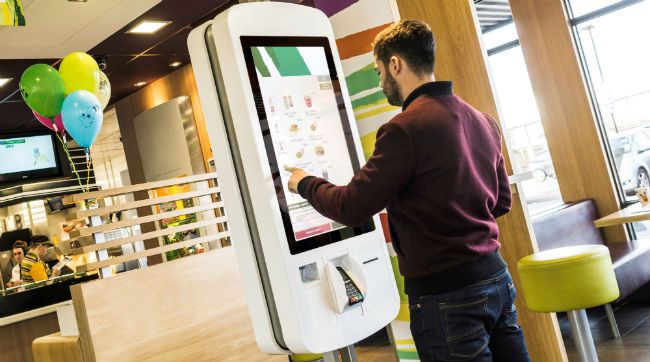
"Touchscreen technology is being used more and more in our daily lives but these results show people should not eat food straight after touching them, they are unhygienic and can spread disease," he said.
"Someone can be very careful about their own hygiene throughout the day but it could all be undone by using a touchscreen machine once."
While McDonald's cleans their touchscreens multiple times a day with a disinfectant as part of their regular cleaning routine, Matawele guesses that their formula is not strong enough.
"Our self-order screens are cleaned frequently throughout the day," a spokesman for the restaurant told Metro. "All of our restaurants also provide facilities for customers to wash their hands before eating."
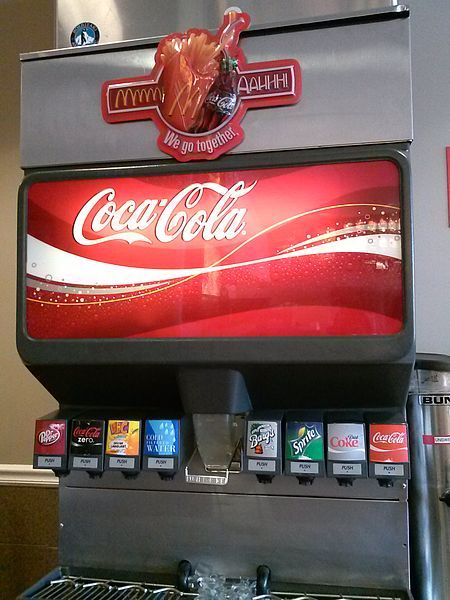
We hate to ruin your appetite, but this isn't even the first time an investigation has found fecal bacteria lurking at McDonald's.
BBC One's Watchdog program discovered traces of fecal bacteria in the ice served at McDonald's restaurants in the U.K.
Ice from Burger King and KFC also tested positive for the bugs in Watchdog's survey of fast food restaurant cleanliness.
McDonald's said they would "continue to review our procedures and training" for handling ice at their restaurants in the United Kingdom in response to the news.
[H/T: Metro, Liverpool Echo]
